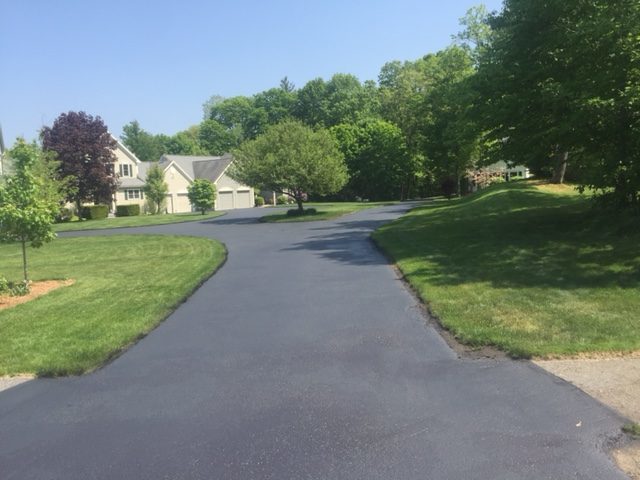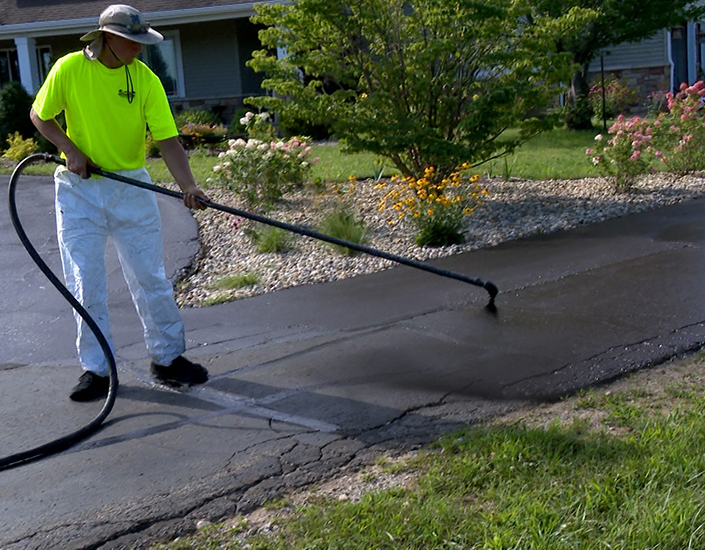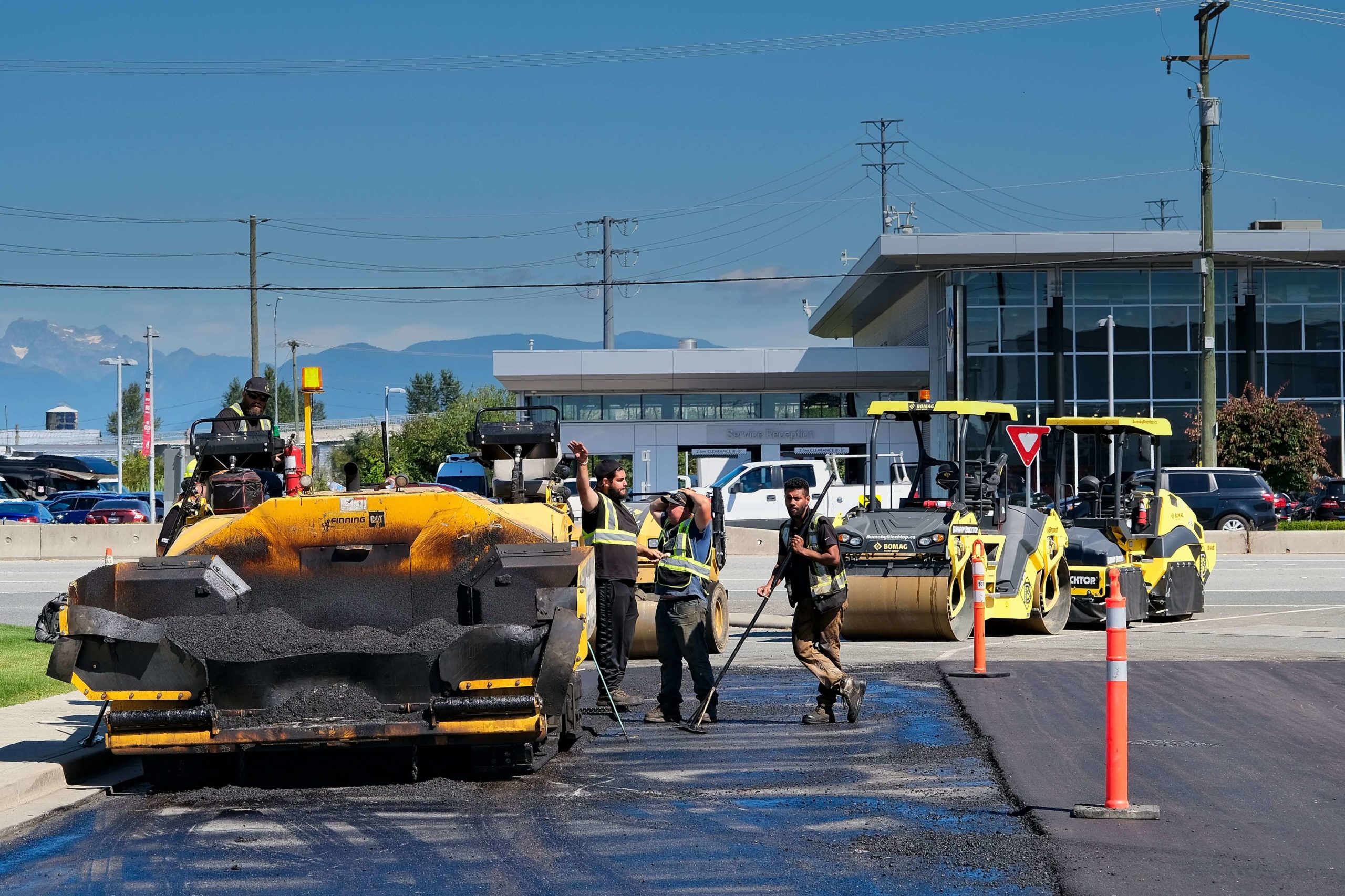Hot Mix Asphalt: A Sustainable Solution for Pavement
Hot Mix Asphalt (HMA) has actually arised as a leading sustainable choice for pavement options, supplying a myriad of ingenious innovations and environmental benefits. Its ability to recycle materials and decrease power intake presents an engaging instance for its adoption in roadway building jobs. Furthermore, the long-term performance and resilience of HMA make it a recommended alternative for facilities advancement. As the need for environment-friendly building techniques expands, exploring the subtleties of HMA's sustainability can give useful insights into the future of pavement solutions.
Environmental Advantages of Warm Mix Asphalt

Furthermore, Hot Mix Asphalt aids to alleviate urban warm island results. Its dark color takes in sunlight, minimizing the quantity of warm mirrored back into the ambience compared to lighter-colored sidewalks. This can lower ambient temperatures in urban areas, decreasing the demand for cooling and ultimately minimizing energy usage.
On top of that, Hot Mix Asphalt adds to boosted stormwater management. Its porous nature enables water to penetrate the pavement and recharge groundwater supplies, decreasing drainage and the risk of flooding. These ecological advantages make Warm Mix Asphalt a lasting selection for leading roadways and freeways.
Energy Efficiency in HMA Manufacturing
Is energy performance a critical aspect in the production of Warm Mix Asphalt (HMA)? Energy plays a considerable role in the manufacturing of HMA, influencing both expense and ecological sustainability. One vital element of energy effectiveness in HMA production is the usage of warm mix asphalt (WMA) innovations.
Additionally, innovations in plant modern technologies have led to more energy-efficient HMA manufacturing processes. By optimizing power use in HMA manufacturing, the market can lower its carbon impact while preserving high-quality pavement materials.
Recyclability of Warm Mix Asphalt
The recyclability of Warm Mix Asphalt (HMA) is an essential aspect of its sustainability and lasting ecological influence. HMA is just one of one of the most recycled materials in the USA, with over 100 million lots of redeemed asphalt sidewalk (RAP) being reused annually in new pavement building. Reusing HMA supplies several environmental benefits, such as lowering the need for virgin materials, decreasing power consumption throughout production, and reducing the quantity of waste sent to landfills.
The procedure of reusing HMA entails milling the existing sidewalk, crushing it into smaller items, and blending it with brand-new accumulation right here and asphalt binder to produce a recycled mix. This recycled mix can frequently carry out along with or perhaps much better than conventional HMA, while requiring less resources and producing reduced greenhouse gas exhausts. By incorporating RAP right into new pavement projects, road agencies can preserve natural deposits, lower prices, and lessen the environmental impact of roadway building and construction and upkeep activities. In general, the Website recyclability of HMA plays a considerable role in advertising lasting practices within the pavement industry.

Long-Term Efficiency of HMA
Asphalt pavements show toughness and durability over an extensive period, mirroring the long-term efficiency of Hot Mix Asphalt (HMA) Furthermore, advancements in HMA innovation, such as the usage of polymer-modified binders and warm mix asphalt, have actually additionally improved the longevity and longevity of HMA sidewalks. By focusing on quality building and maintenance methods, HMA proceeds to show itself as a affordable and lasting solution for resilient sidewalk framework.

HMA: Toughness and Sustainability
Demonstrating both durability and sustainability, Warm Mix Asphalt (HMA) has actually become a keystone in the building of long-lasting pavement frameworks - regrading. HMA's resilience comes from its ability to withstand heavy loads, severe weather problems, and high web traffic quantities, making it a trusted option for highways, highways, and flight terminal paths. The composition of HMA, which generally includes aggregates, binder, and filler, plays a crucial function in improving its longevity and resistance to damage
Furthermore, HMA's sustainability depends on its recyclability and energy-efficient manufacturing procedure. The capacity to reuse check that recovered asphalt sidewalk (RAP) in brand-new HMA mixes minimizes the need for virgin products and minimizes the ecological effect of sidewalk building and construction and maintenance. Additionally, the power performance of generating HMA depends on its lower mixing temperatures compared to various other sidewalk products, leading to decreased energy usage and greenhouse gas exhausts.
Conclusion
In final thought, warm mix asphalt (HMA) offers a lasting option for pavement with its eco-friendly features. HMA's recyclability, energy effectiveness in manufacturing, and lasting resilience make it a green selection for roadway building and construction. By preserving natural sources, lowering waste, and decreasing greenhouse gas exhausts, HMA plays a critical duty in advertising sustainability in facilities advancement. Its capability to reduce urban warmth island results additionally emphasizes its value in producing eco mindful and resilient sidewalk systems.
HMA is one of the most recycled materials in the United States, with over 100 million bunches of recovered asphalt sidewalk (RAP) being recycled yearly in brand-new pavement building and construction.The procedure of reusing HMA entails grating the existing pavement, crushing it right into smaller items, and mixing it with brand-new accumulation and asphalt binder to produce a recycled mix.Asphalt pavements demonstrate durability and strength over an extended duration, reflecting the long-term performance of Warm Mix Asphalt (HMA) Additionally, innovations in HMA technology, such as the usage of polymer-modified binders and warm mix asphalt, have actually even more boosted the resilience and long life of HMA sidewalks. The ability to reuse recovered asphalt sidewalk (RAP) in new HMA blends reduces the demand for virgin products and decreases the environmental influence of pavement building and maintenance.